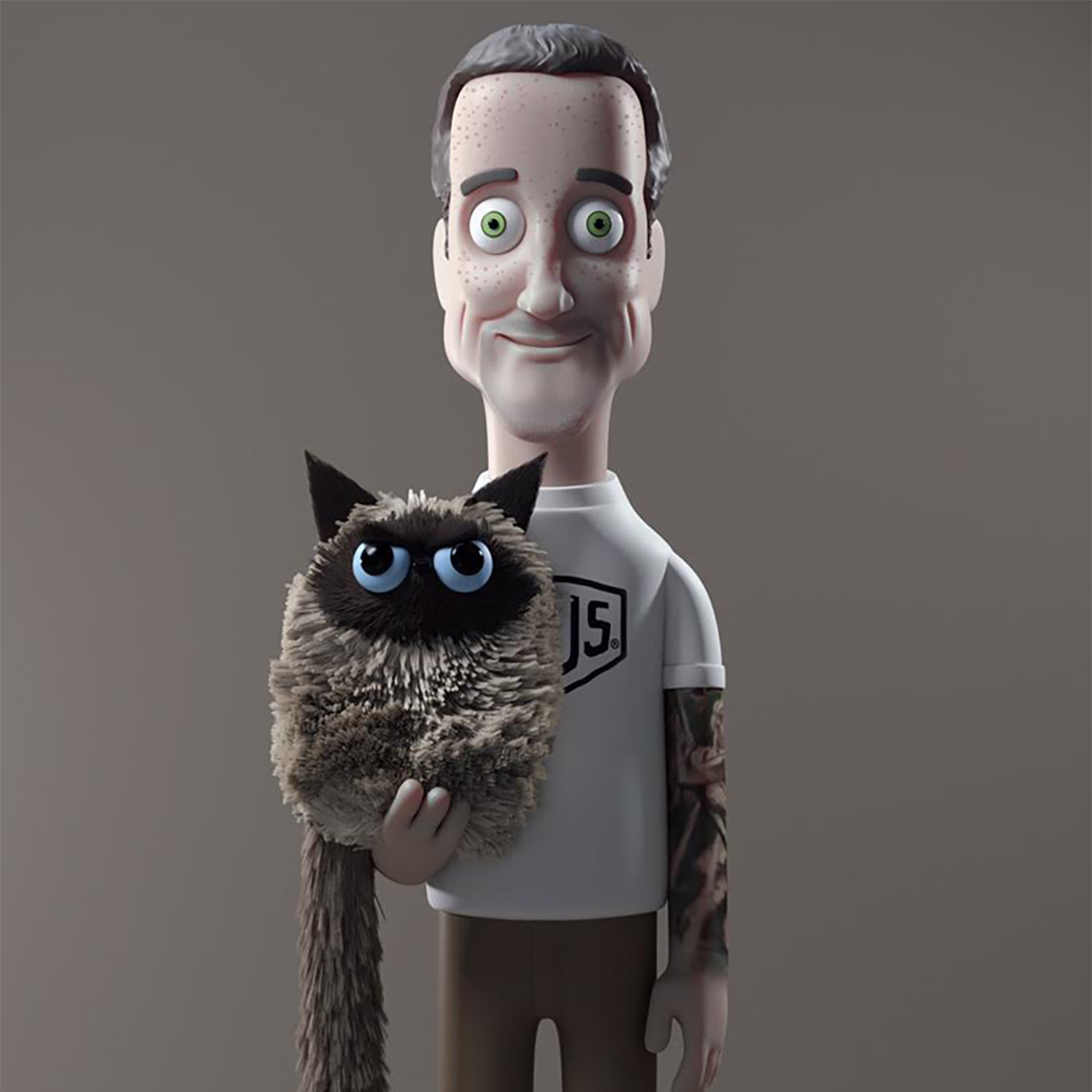Player give me some brew an I might just chill, but I’m the type that like to light another joint like Cypress Hill. I’m steal doobies, spit loogies when I puff on the weekend.
The past and future of punctuation.
Fiction writing in a time of Climate Crisis.
Vonnegut on the shapes of stories:
Le Tour De Pants:


